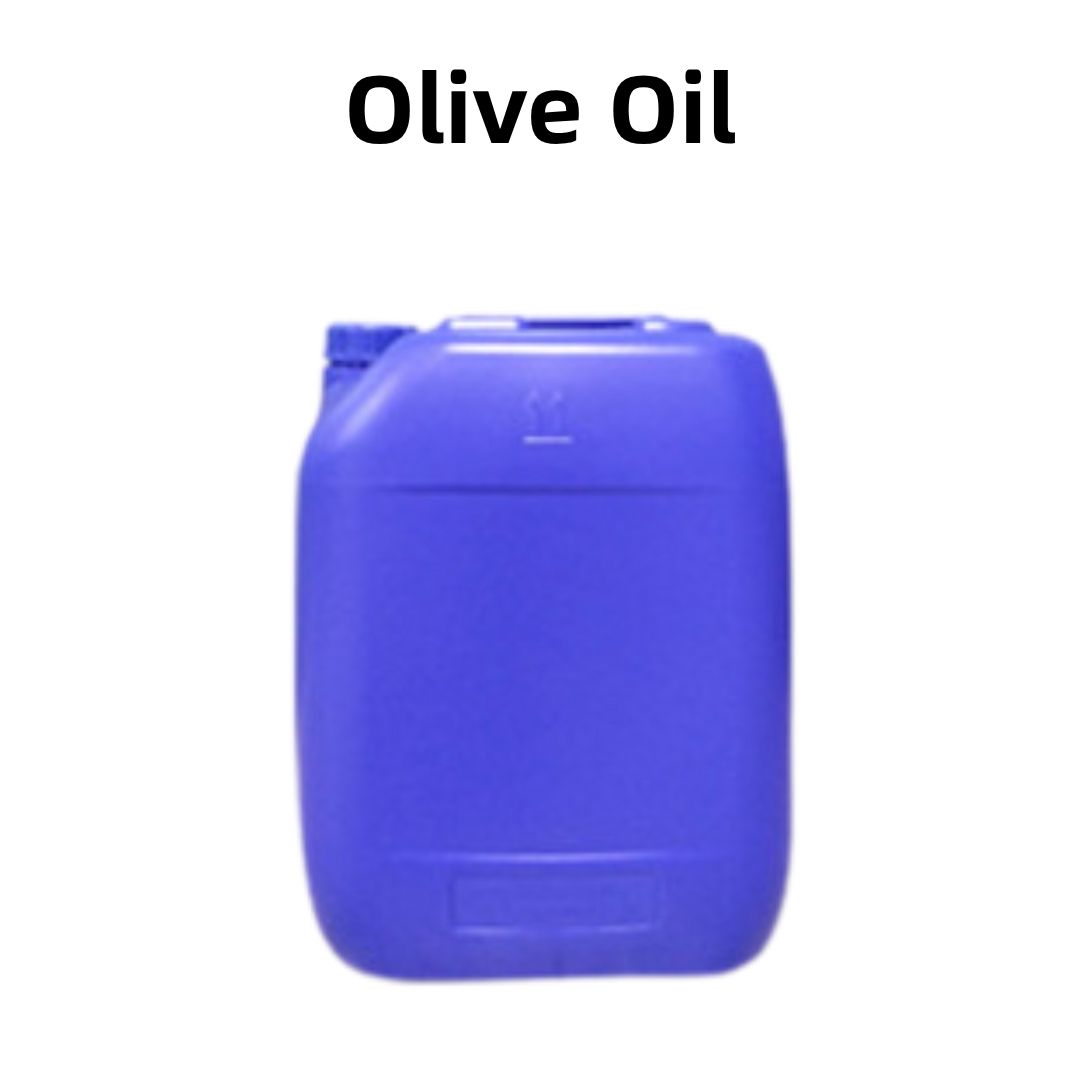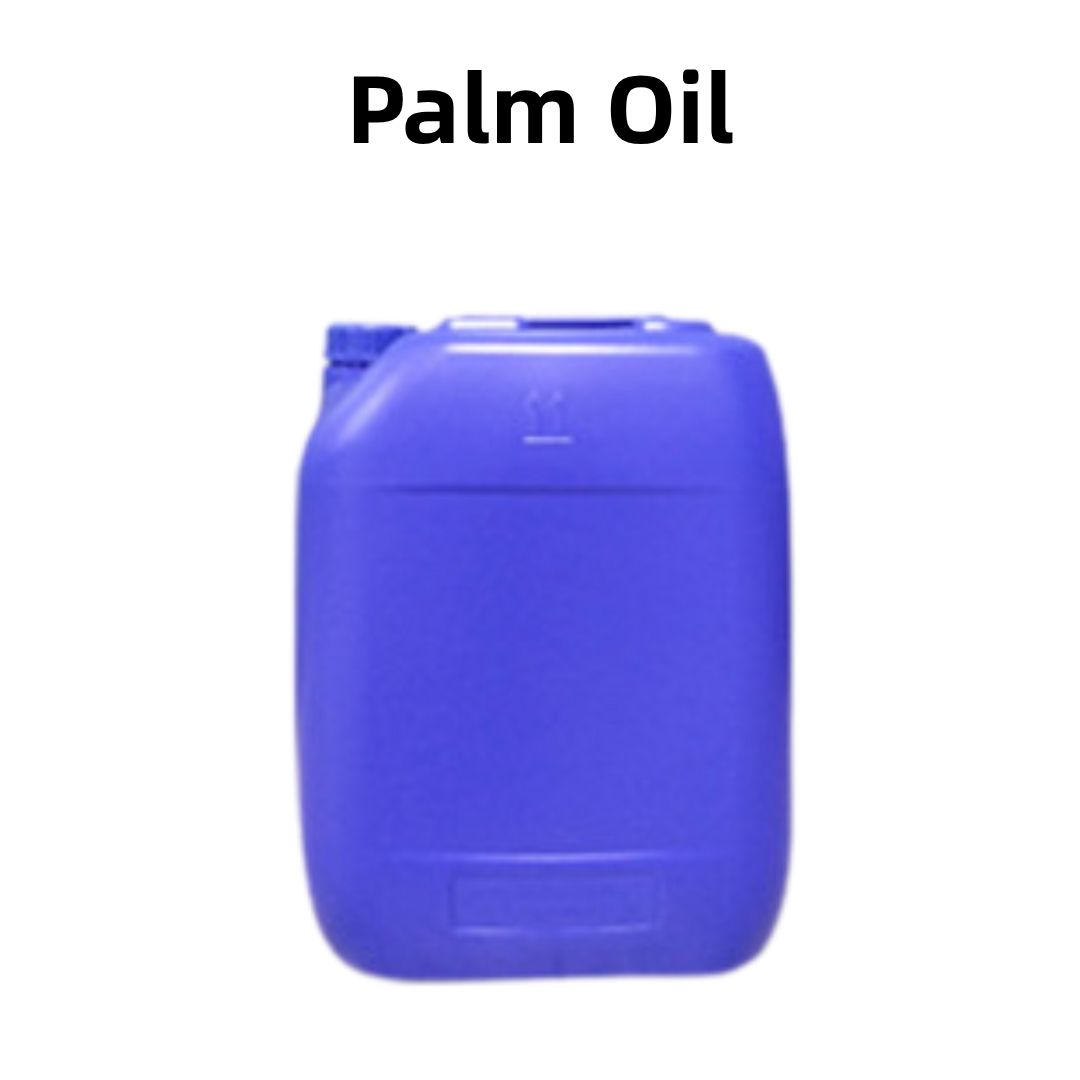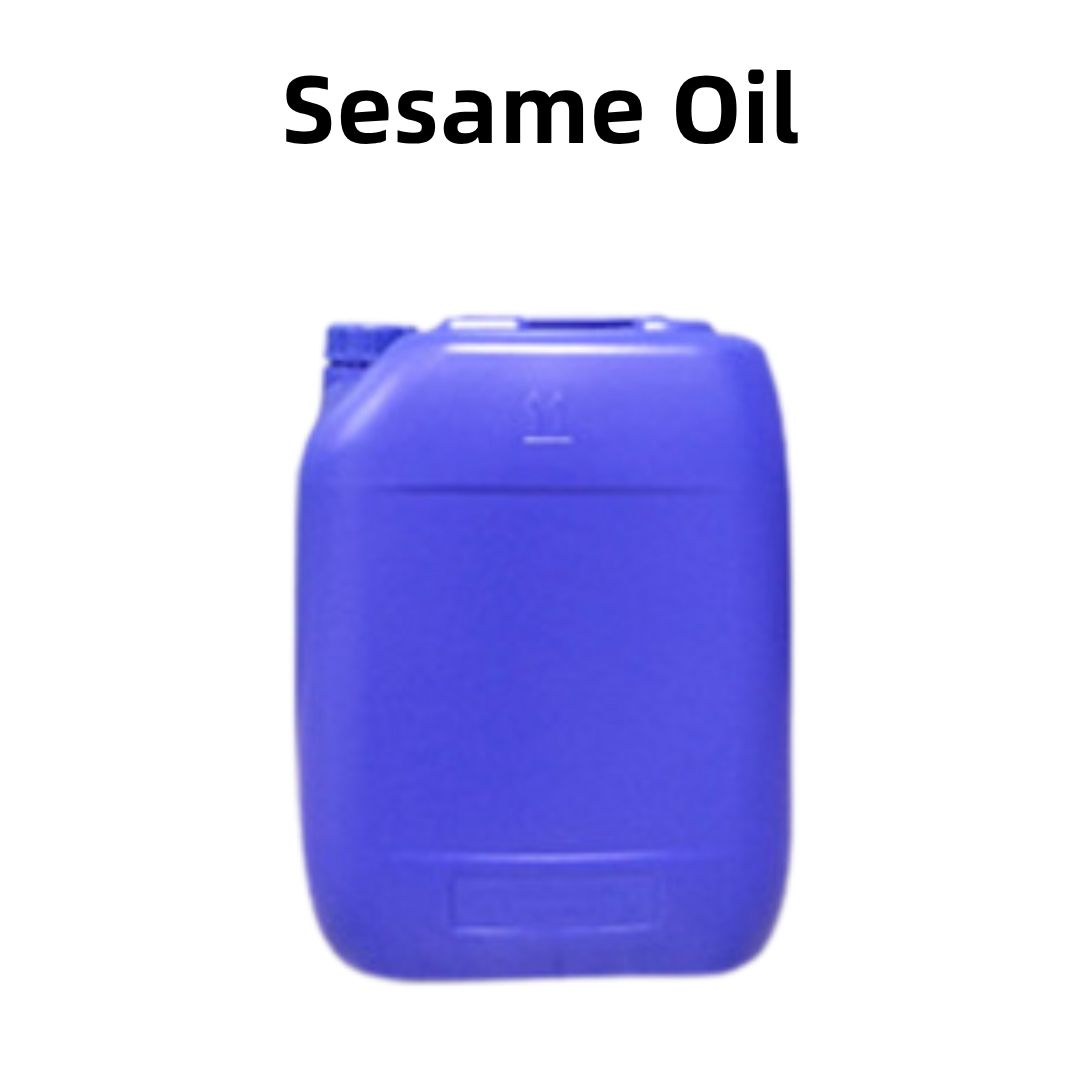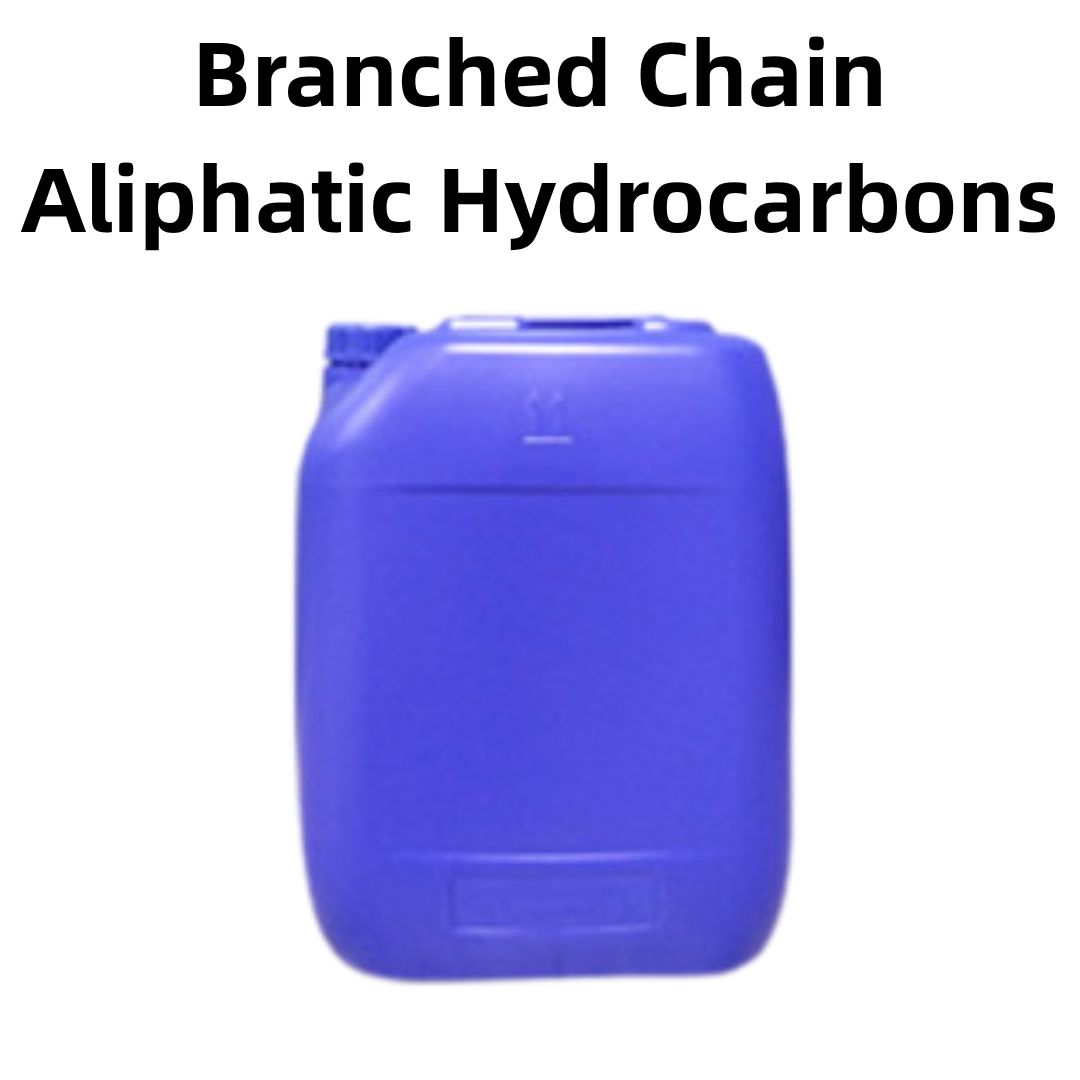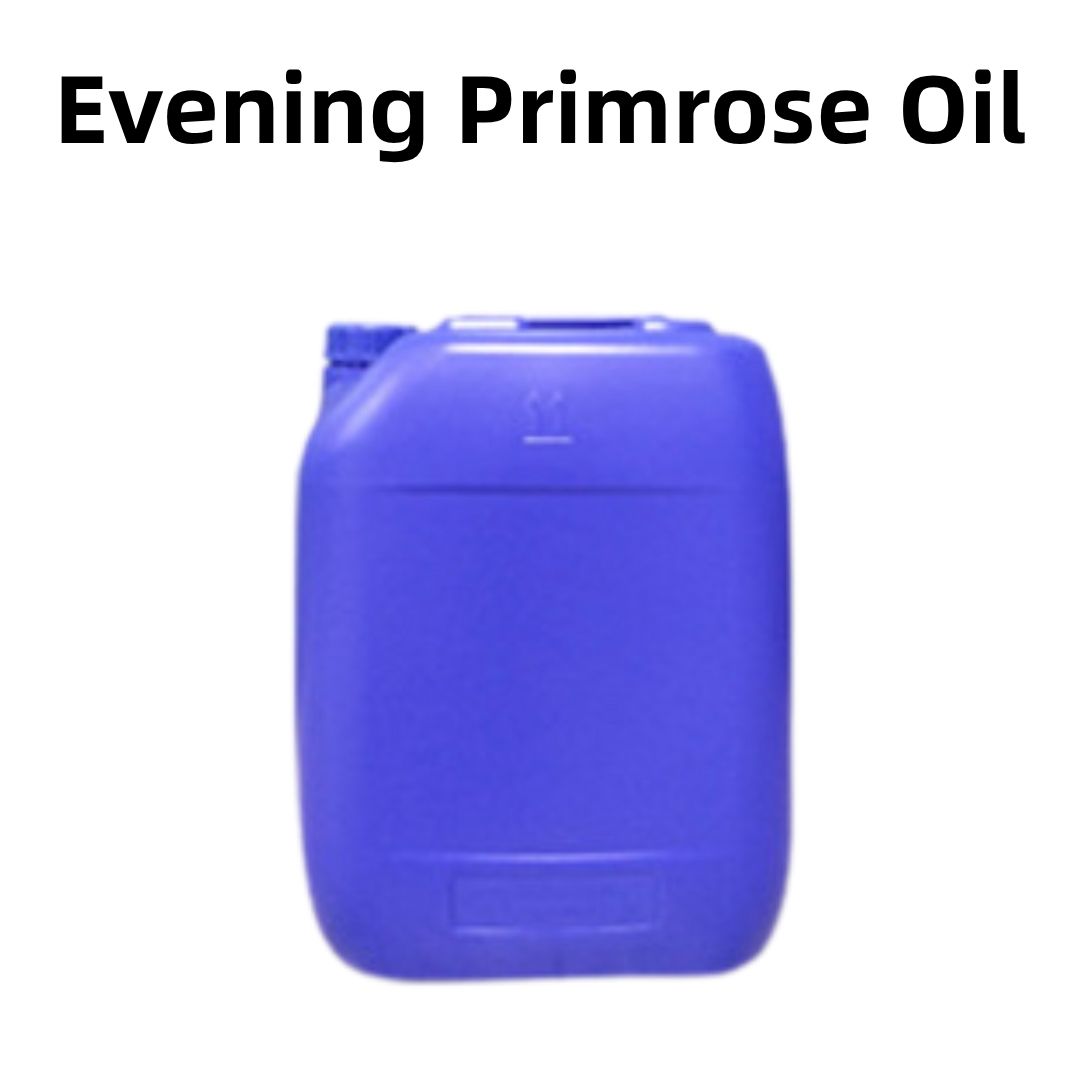Product Introduction
Herring oil is derived from the fatty tissues of herring fish and is recognized for its high content of omega-3 fatty acids. It is mainly utilized in dietary supplements and cosmetic formulations due to its beneficial properties. The oil is extracted using processes that ensure the retention of its nutritional value and effectiveness. Herring oil has gained popularity in the wellness industry for its potential health benefits, including support for cardiovascular health and skin hydration.
Production Process
The production of herring oil typically involves the steam cooking of herring fish, followed by mechanical pressing to extract the oil. The extraction process may also include filtration to remove impurities and enhance the quality of the final product. This oil is then subjected to refining processes to improve its stability and shelf life while preserving its omega-3 content. Quality control tests are conducted to ensure that the oil meets safety and efficacy standards before packaging.
Efficacy and Function
Herring oil is known for its rich omega-3 fatty acids, particularly EPA (eicosapentaenoic acid) and DHA (docosahexaenoic acid). These components are important for regulating inflammatory responses in the body. In skincare, herring oil is valued for its moisturizing properties and can help improve skin texture and elasticity. Its nutritional profile also contributes to overall health and wellness, making it a versatile ingredient in both cosmetics and dietary supplements.
Application Scenarios
In the cosmetic industry, herring oil is used in products designed for hydration and nourishment, such as creams, lotions, and serums. It is particularly effective in formulations aimed at dry or aging skin, offering deep moisture and improving skin barrier function. In dietary applications, herring oil is marketed as a supplement that can promote heart health, reduce inflammation, and support cognitive function. It can be found in capsules, liquid form, or as an ingredient in functional foods.
Packaging and Transportation
- Storage Conditions: The product should be sealed, protected from light, kept away from high temperatures, and stored in a dry, cool, and well-ventilated place.
- Packaging: Bulk packaging is 25kg per drum, sample packaging is 1kg per bottle, and custom packaging is available upon request.
- Shipping Methods: FedEx, DHL, dedicated logistics, and sea freight consolidation.
- Shelf Life: Two years.
Monica Sun’s expertise in the cosmetic ingredients industry spans emulsifiers, active components, and plant-based raw materials development and application. She is dedicated to integrating science and nature, providing high-performance and eco-friendly ingredient solutions for skincare and personal care products.









